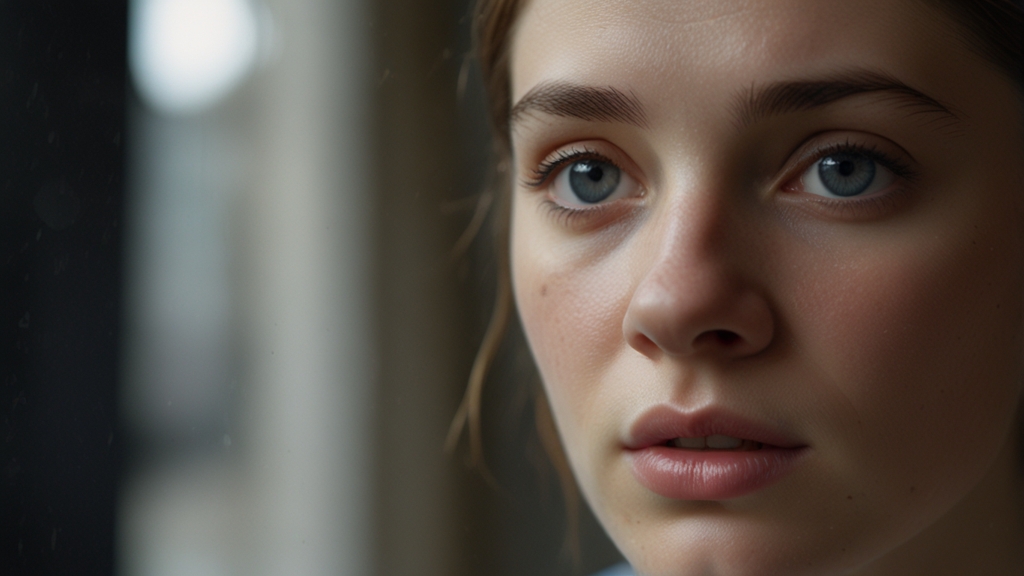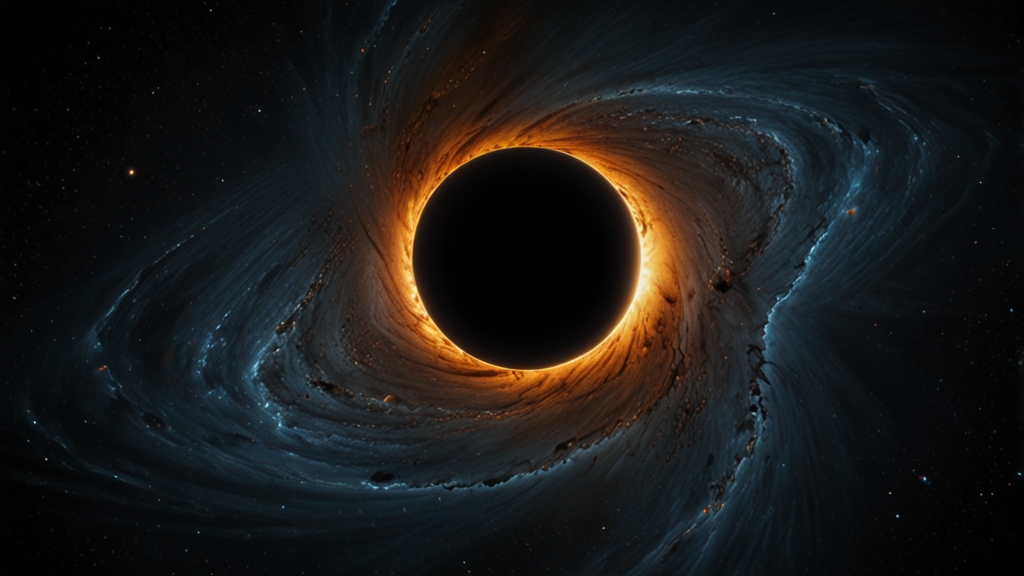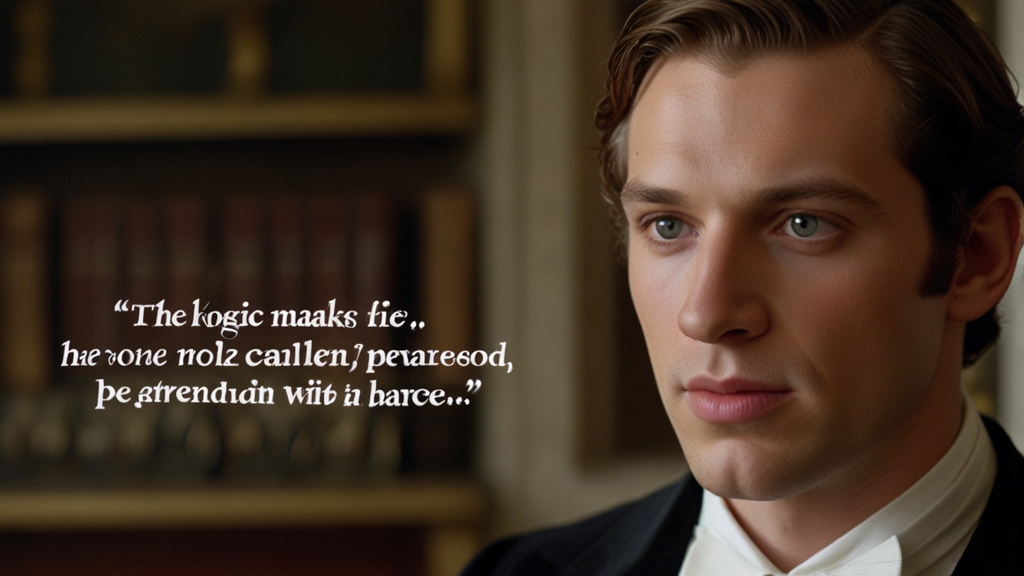The Real Story Behind the Woman Who Inspired the Mona Lisa
Leonardo da Vinci's Mona Lisa is arguably the most famous painting in the world, captivating art enthusiasts and curious onlookers alike with her enigmatic smile and mysterious allure. Yet, the identity of the woman behind this masterpiece remains a subject of intrigue and debate. Over the centuries, countless theories have been proposed, but who was she really?
Lisa Gherardini: The Consensus
The most widely accepted theory is that the Mona Lisa portrays Lisa Gherardini, also known as Lisa del Giocondo. Born in 1479, Lisa was the wife of a wealthy Florentine merchant named Francesco del Giocondo. Historical records indicate that Francesco commissioned Leonardo da Vinci to paint a portrait of his wife around 1503 to celebrate the birth of their second son and the purchase of a new home.
"The identity of the woman known as the 'Mona Lisa' is not a mystery; she was Lisa del Giocondo," insists Dr. Giuseppe Pallanti, an Italian researcher who has spent years studying archival documents to substantiate this claim.
In this context, the title "Mona Lisa" translates to "Lady Lisa," with "Mona" being a respectful form of address similar to "Madam." This theory was further bolstered by the discovery of a note from Agostino Vespucci, a clerk and a friend of Leonardo, written in 1503, which directly ties Lisa Gherardini to the painting.
Alternative Theories
While the narrative of Lisa Gherardini holds significant weight, it's far from the only theory about the Mona Lisa's true identity. Some scholars argue that the painting could be a composite or an idealized version of multiple women Leonardo knew. Others suggest it could even be a self-portrait in disguise, considering the similarities in facial features between da Vinci's own visage and that of the Mona Lisa.
"One cannot entirely dismiss the symbolic interpretations and the possibility that the Mona Lisa is an idealized amalgam of feminine beauty, incorporating elements from various sources," says Professor Martin Kemp, an art historian at the University of Oxford.
The Controversies and Mystique
Adding another layer of intrigue are various speculative theories, some of which border on the fantastical. For instance, Sigmund Freud once suggested that the Mona Lisa's smile reflects an unconscious memory of Leonardo's mother. Others have proposed that the subject might have been Leonardo’s apprentice, Salai, a young man who played a significant role in his life and work.
The painting's enigmatic nature is heightened by its backdrop of an otherworldly landscape, unclear lighting, and Mona Lisa's ambiguous smile, all of which contribute to endless speculation and varying interpretations. Indeed, this air of mystery is part of what keeps people coming back to the Louvre to gaze upon her timeless face.
Conclusion
While Lisa Gherardini remains the most credible candidate as the true woman behind the Mona Lisa, the painting's aura is amplified by the rich tapestry of theories and stories woven around it. Whether Lisa del Giocondo or an amalgamation of idealized beauty, the Mona Lisa stands as an eternal testament to Leonardo da Vinci's genius and continues to capture the imagination of people across the globe.
Ultimately, the real story behind the Mona Lisa may never be fully uncovered, and perhaps that is its greatest charm. The uncertainty invites viewers to project their interpretations, enriching the cultural and historical significance of this unparalleled masterpiece for generations to come.












